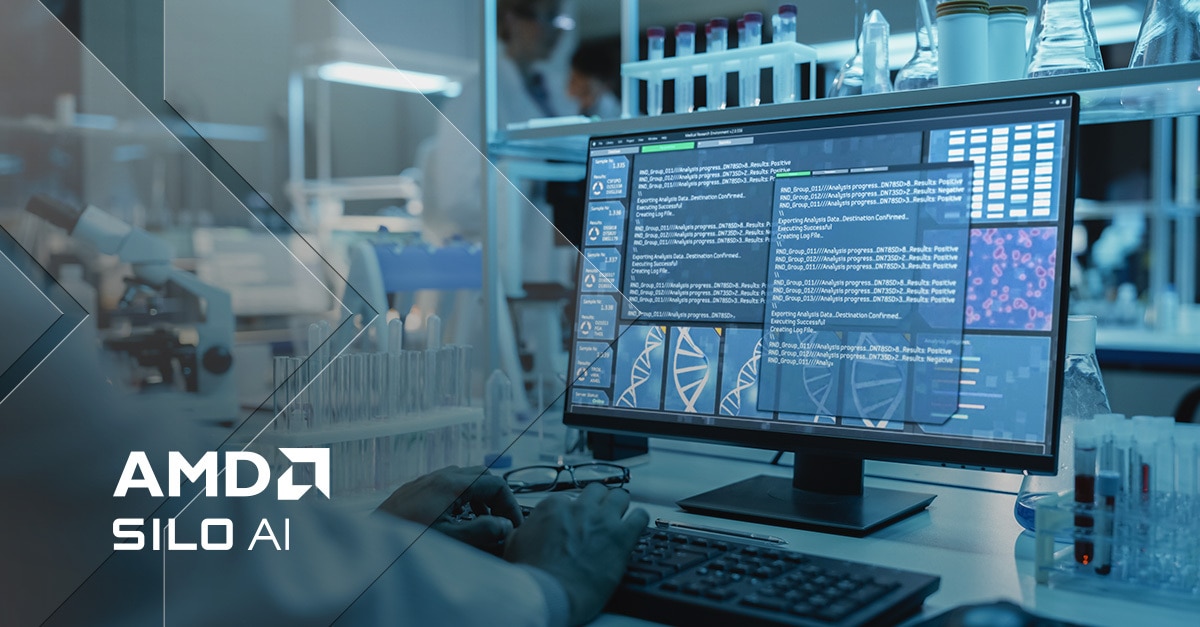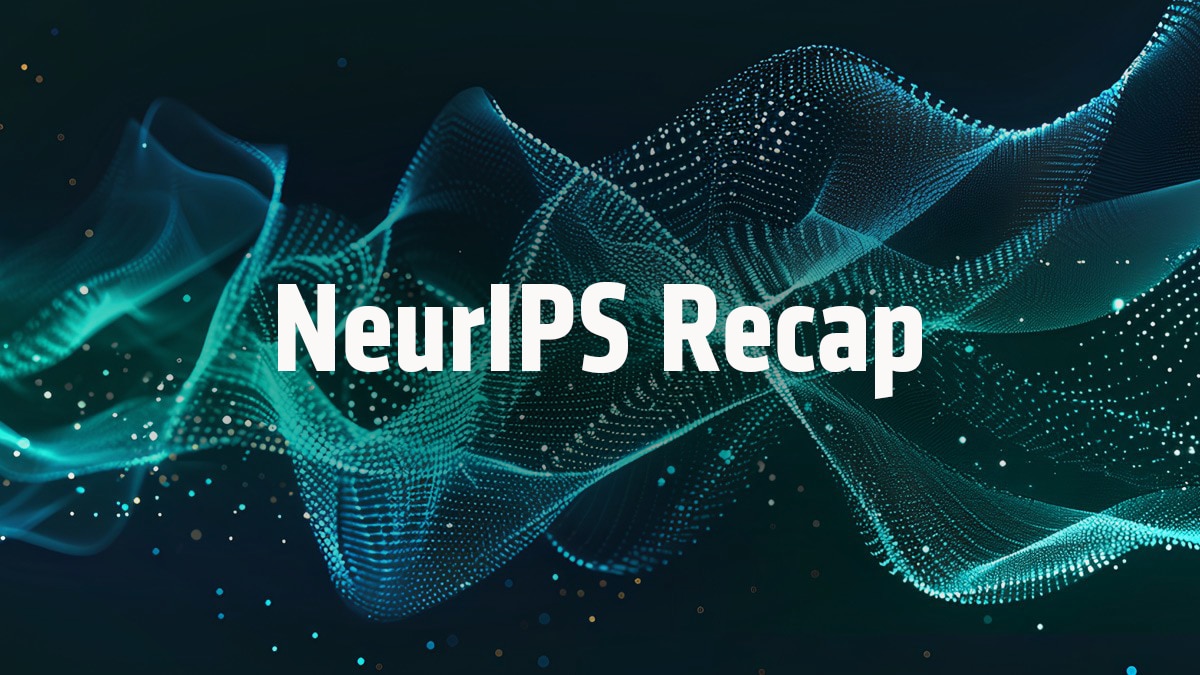Advancing Quantum Chemistry through HPC and VeloxChem
Oct 14, 2025

Researchers from the KTH Royal Institute of Technology, CSC – IT Center for Science, and AMD Silo AI are collaborating to advance scientific computing and to build a foundation for new breakthroughs in molecular research and quantum chemistry.
Focusing the first stage of the collaboration around VeloxChem, a quantum chemistry software package designed for high-performance quantum chemical simulations, the team has optimized the software to run on some of the most advanced computing infrastructure in the world through one of Europe’s leading supercomputers LUMI, built on AMD Instinct™ MI250X GPUs.
Scaling Drug Discovery Innovation through High-Performance Computing
The team successfully scaled VeloxChem to utilize the entire capacity of the LUMI supercomputer, a significant technical milestone, but more importantly a considerable advancement for quantum chemistry.
Commenting on the work, Prof. Patrick Norman, Director of the PDC Center for High Performance Computing, KTH said “With the help of AMD’s next-generation compute infrastructure, and the combined expertise of KTH, CSC and AMD Silo AI, we have taken the notoriously difficult computational scaling of quantum chemistry to new levels. We believe this will have a significant impact on drug discovery and new materials development, accelerating innovation globally”.
Running VeloxChem at the scale of compute that LUMI enables, allows for simulations of unprecedented scale and resolution, such as:
Modeling full protein-ligand interactions with quantum mechanical precision.
Massive Molecular System Modeling with hundreds to thousands of atoms allows researchers to model entire drug-receptor interactions or multi-chromophoric systems without oversimplifying the quantum region.
High-Resolution Spectroscopy Simulations, crucial for characterizing drug molecules, understanding conformational changes, and validating experimental data.
Complex Polarization Propagator (CPP) Theory, allowing accurate modeling of excited states and spectral features even in large systems, particularly useful for drug-DNA interactions where spectral signatures are sensitive to molecular topology.
Integration with Molecular Dynamics, providing the ability to generate force fields, perform MD simulations and analyze conformational ensembles, all essential for drug stability, binding affinity, and bioavailability studies.
“This level of computational power allows researchers to explore molecular systems that were previously out of reach, opening new possibilities in drug discovery, materials design, and photochemistry”, said Pekka Manninen, Director, Science and Technology, CSC – IT Center for Science.
It also demonstrates that VeloxChem is ready for the next generation of exascale computing, where speed and scale converge to accelerate scientific discovery, having a direct impact on drug development:
Accelerated Lead Optimization: Faster simulation and refinement of drug candidates by exploring electronic and structural properties at scale.
Improved Predictive Accuracy: High-resolution quantum simulations reduce reliance on empirical models, improving prediction of drug behavior.
Spectroscopic Fingerprinting: Match simulated spectra with experimental data to validate molecular structures and interactions.
Multiscale Modeling: Combine quantum and classical methods to study drugs in realistic biological environments.
“The quantum chemical simulations and molecular modeling that VeloxChem enables, allows researchers to build more realistic physical models, pushing the envelope for scientific discoveries in life and material sciences, helping to solve some of the world’s most important challenges”, said Peter Sarlin, CEO & Co-founder of AMD Silo AI.
Further Accelerating Scientific Progress in Life Sciences
With their combined strength, the team is already looking for further development opportunities within the life sciences sector.
With KTH’s deep expertise in quantum chemistry and software development, CSC’s world-class HPC infrastructure and technical support, and AMD Silo AI’s proven experience in cutting-edge machine learning techniques to boost simulation performance and predictive capabilities, the team is set to explore synergies between VeloxChem and GROMACS, a widely used molecular dynamics software.
By combining quantum mechanical and classical simulations, researchers can create hybrid workflows that offer both accuracy and scalability, a potential game-changer for studying large biomolecular systems — like enzymes or drug targets —where quantum effects are critical in specific regions.
The team also plans to develop new modules for specialized quantum chemical tasks, improve user interfaces, and foster a broader research network around VeloxChem.
These efforts will make advanced computational tools more accessible to scientists across disciplines and borders while advancing crucial scientific innovation in quantum chemistry and drug discovery for life sciences.
About KTH Royal Institute of Technology
Since 1827, KTH Royal Institute of Technology, has grown to become an international leading technical university. As the largest institution in Sweden for technical education and research, KTH brings together students, researchers, and educators worldwide. Its activities are grounded in a strong tradition of advancing science and innovation, focusing on contributing to sustainable societal development.
About CSC - IT Center for Science
CSC is a Finnish center of expertise in ICT that provides world-class services for research, education, culture, public administration and enterprises, to help them thrive and benefit society at large. CSC is hosting EuroHPC Joint Undertaking's LUMI supercomputer in collaboration with the LUMI consortium at CSC's data center in Kajaani, Finland.









